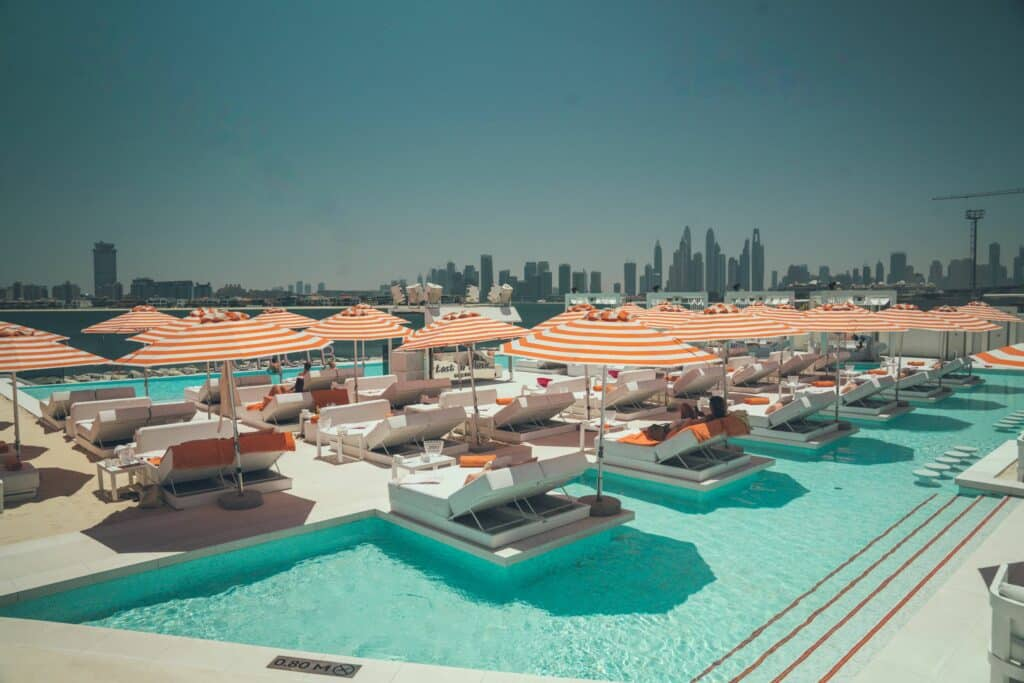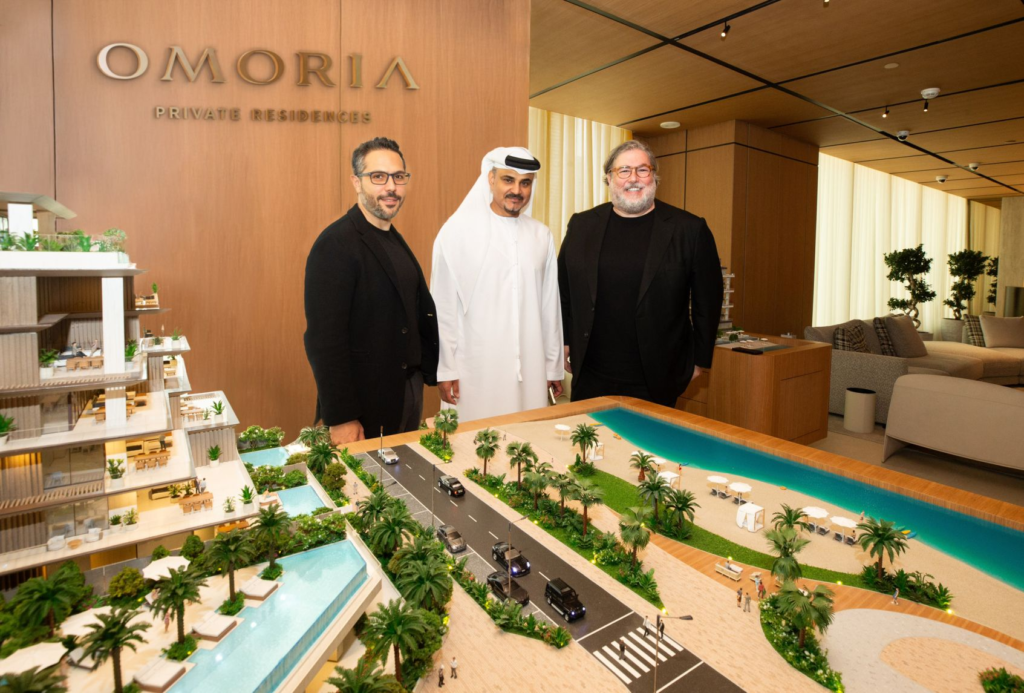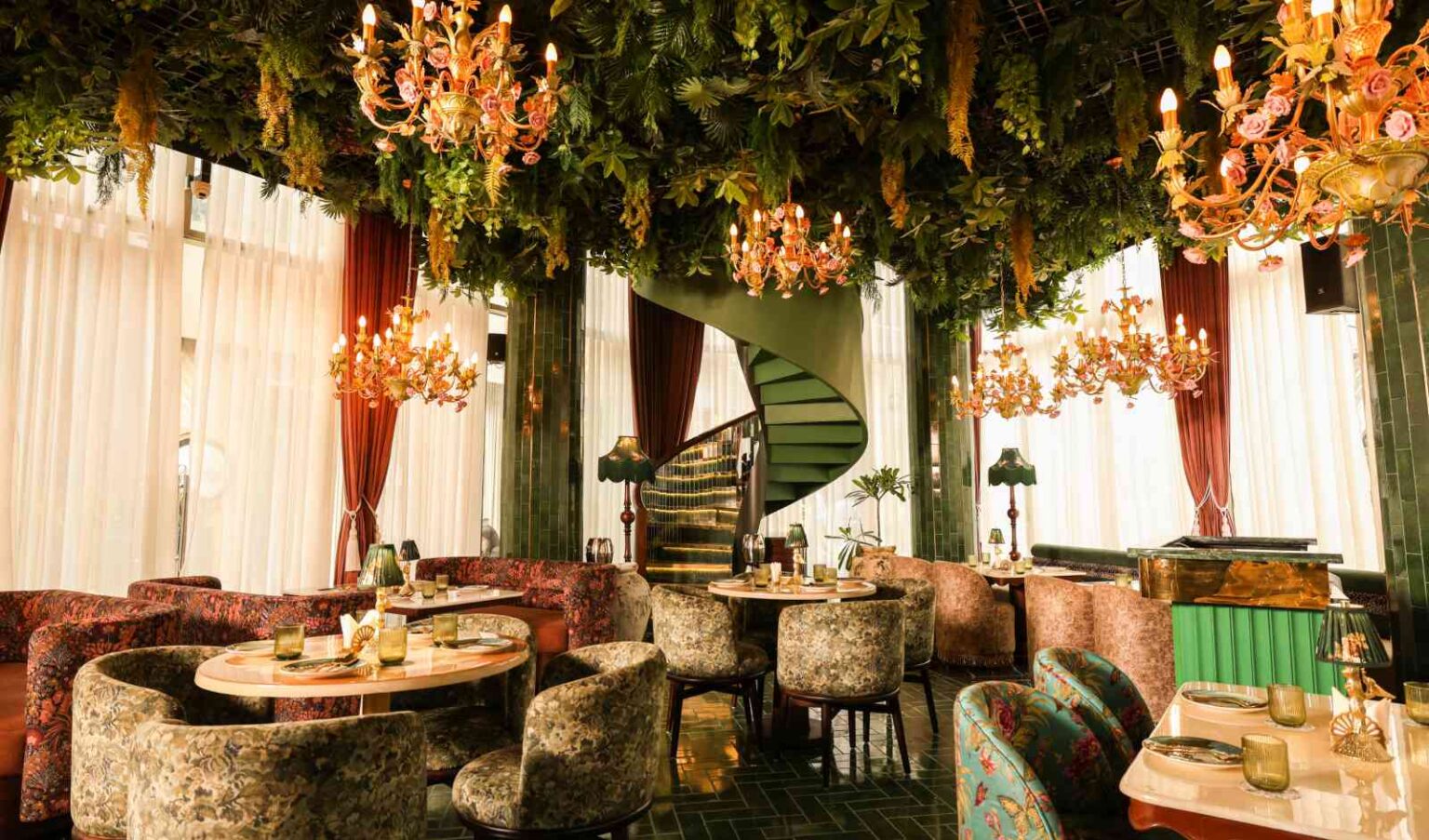Sustainable restaurant models are leading a quiet revolution across the Gulf. By 2026, countries like the UAE, Saudi Arabia, Qatar, and Kuwait are expected to witness a major transformation in their food and hospitality industries. The rise of eco-conscious consumers, strict government policies, and global climate urgency are pushing restaurants to rethink their operations.
From sourcing ingredients locally to reducing food waste and ditching plastic packaging, Gulf restaurants are not just adopting green practices—they are doing it boldly and publicly. This trend is not just about being environmentally friendly. It is becoming a strong business strategy, one that appeals to both locals and international tourists.

1. Growing Demand for Plant-Based Menus
One of the strongest trends in sustainable restaurant models is the shift to plant-based cuisine. Across Dubai, Doha, and Riyadh, diners are actively seeking healthier, more sustainable options. Restaurants are responding by introducing plant-based menus made with local produce.
This reduces their carbon footprint and also cuts down on import costs. High-end restaurants, fast-food outlets, and even food trucks are joining the movement. Vegan burgers, date-based desserts, and chickpea falafels are becoming crowd favorites across the Gulf.
2. Local Sourcing Taking Center Stage
Imported food has long dominated Gulf restaurants. But sustainable restaurant models are flipping that script. Restaurants are partnering with local farmers and fisheries to source fresh ingredients. This not only ensures freshness but reduces the carbon impact of transporting goods over long distances.
In Saudi Arabia, more than 60% of new restaurant chains opened in 2025 committed to using at least 50% locally sourced ingredients. This shift supports local economies while helping restaurants meet sustainability goals.
3. Smart Kitchens with Zero-Waste Policies
Gulf restaurants are adopting advanced kitchen technologies to reduce waste. Smart kitchen tools can now track inventory in real-time, suggest optimal usage, and alert chefs before food goes bad.
Restaurants are also using composting machines that turn waste into fertilizer. Some are even collaborating with local farms to use this compost for growing herbs and vegetables—creating a circular economy right within the restaurant business model.
By 2026, industry experts predict that over 40% of Gulf-based restaurants will implement some form of zero-waste policy.
4. Eliminating Single-Use Plastics
Sustainable restaurant models are focusing heavily on packaging and delivery. Many restaurants have already eliminated single-use plastics in favor of biodegradable or reusable containers.
In the UAE, a 2024 law banning single-use plastic bags and cutlery accelerated this change. Restaurants that rely heavily on food delivery services like Talabat and Careem are also moving to fully compostable packaging. This helps reduce landfill waste and aligns with the growing customer expectation of eco-friendly delivery.
5. Eco-Friendly Restaurant Designs
The Gulf is seeing a new generation of restaurants built with sustainability at their core. From solar panels on rooftops to recycled wood furniture, the design of restaurants is shifting to align with sustainable goals.
In Qatar, a new chain of restaurants launched in 2025 operates entirely on renewable energy. Even water recycling systems are being installed to manage water consumption in kitchen and restroom areas. These upgrades often reduce operating costs in the long run and attract environmentally conscious diners.
6. Sustainable Staff Practices
Beyond menus and designs, sustainable restaurant models also consider their staff. Training programs are now educating chefs and servers on eco-friendly practices, such as reducing plate waste, portion control, and energy conservation.
Moreover, some restaurants are promoting carpooling and public transportation for staff to reduce commute-related emissions. In Bahrain, one restaurant chain even incentivizes employees who walk or bike to work. These internal efforts reinforce the sustainability message from the inside out.
7. Government Backing and Certification Programs
Governments across the Gulf are supporting sustainable restaurant models through grants, incentives, and green certification programs. The Dubai Municipality’s Green Restaurant certification has inspired hundreds of restaurants to upgrade their standards.
Saudi Arabia’s Vision 2030 also highlights sustainability as a national goal, influencing sectors like hospitality and tourism. Restaurants that meet eco-friendly standards often enjoy tax benefits, fast-track permits, and a stronger public image.
These programs create a win-win situation for both the environment and business owners. Consumers trust restaurants with certified sustainability, and the market demand is clearly moving in that direction.
A Bold New Era by 2026

By 2026, sustainable restaurant models will no longer be the exception in the Gulf—they will become the rule. With rising awareness, government support, and strong business benefits, the shift is inevitable.
Restaurants that ignore sustainability may find themselves struggling to attract customers or compete with forward-thinking brands. On the other hand, those who embrace eco-friendly practices are building trust, cutting costs, and ensuring long-term growth.
The Gulf’s unique combination of rapid development and increasing environmental concern makes it a key region to watch. Sustainable restaurant models are gaining bold momentum across the Gulf—and the future of dining looks green.
Also Read – 7 Gulf Restaurants Facing Massive Customer Trust Breakdown



